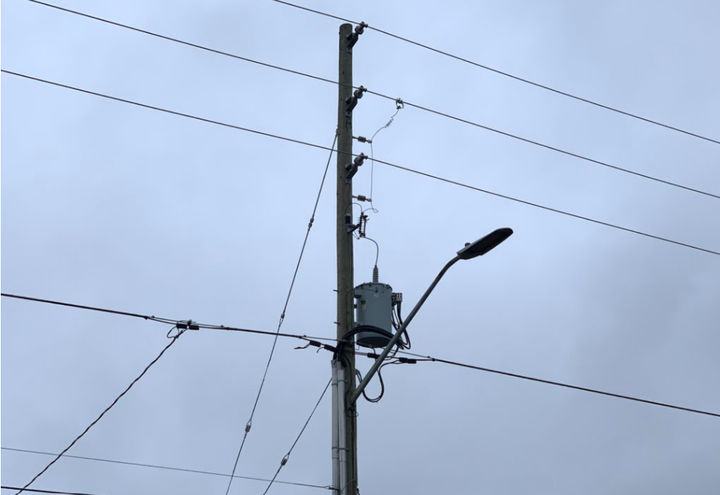Ontario and UK Sign Groundbreaking Clean Energy Partnership

Agreement will leverage the province’s nuclear advantage to support fusion energy innovation
Today, at the International Tritium Conference, Minister Lecce announced that Ontario Power Generation (OPG) and the United Kingdom Atomic Energy Authority (UKAEA) Group have signed a Memorandum of Understanding (MOU) for Ontario to work toward supplying tritium – a critical fuel for nuclear fusion – to support the UKAEA’s world-leading fusion research and energy development projects. The agreement delivers on the government’s plan to protect Ontario by leveraging the province’s nuclear advantage to create more export opportunities that support good-paying jobs and build a more competitive, resilient and self-reliant economy in the face of U.S. tariffs.
Under the agreement, OPG will work toward providing a secure and reliable supply of tritium to fuel the UKAEA’s cutting-edge fusion research and facilities, solidifying Ontario’s position as an international leader in the nuclear energy sector. Additionally, the MOU will also support local fusion energy development projects in Ontario and Canada, creating valuable opportunities for local industries and supply chain partners to participate and benefit from new fusion energy projects.
“This historic agreement cements Ontario’s long-standing role at the forefront of next generation nuclear energy,” said Minister Lecce. “From building the G7’s first Small Modular Reactor (SMR) to powering breakthroughs in fusion and medical isotopes, Ontario is leading the world’s clean energy future. We're exporting our expertise, creating jobs at home and showing the world what energy security looks like.”
Sourced from Ontario’s CANDU reactors, tritium is extracted from heavy water during routine CANDU operations. As tritium decays, it produces Helium-3 (He-3), an extremely rare and valuable isotope that’s powering breakthroughs in quantum computing and holds promise as a future fuel for fusion reactors.
The UKAEA leads the world’s largest publicly funded research and development program, dedicated to making fusion energy a scalable, commercial reality. Tritium supplied by OPG could play a major role in advancing major UKAEA research projects and the UKIFS, including the Spherical Tokamak for Energy Production programme, a prototype fusion energy powerplant using advanced technology to prove the commercial viability of fusion technology by the early 2040s.
“Ontario Power Generation is proud to build on our world-class leadership in producing life-saving medical isotopes and our 50-plus year history of operating safe, clean and reliable nuclear power generation,” said Kim Lauritsen, OPG Senior Vice President, Enterprise Strategy and Growth. “This agreement demonstrates how OPG is leveraging Ontario’s isotope and nuclear expertise to support and power the promise of nuclear fusion.”
“OPG has played a critical part in enabling the fundamental fusion research that has become a foundation for the international fusion community,” said Steve Wheeler, Executive Director of Fusion Technology, UKAEA. “This MOU strengthens UKAEA’s strategic relationship with the Government of Ontario and OPG to drive progress toward delivering future fusion powerplants.”
This initiative is a key pillar of Energy for Generations, Ontario’s long-term roadmap to deliver reliable, affordable and secure energy to power the most competitive economy in the G7. With a clear path forward, the plan is not only meeting the demands of today, but it is protecting jobs, supporting workers and powering economic growth for generations to come.
Quick Facts
- Ontario’s nuclear reactors produce isotopes that are used globally in health care, energy, and advanced industrial applications.
- Ontario’s world-class nuclear sector is at the forefront of innovation, uniquely positioning the province to benefit from the projected growth as a supplier and key global player in new nuclear opportunities and beneficial partnerships.
- OPG has previously supplied tritium for the Joint European Torus fusion experiment at UKAEA.



